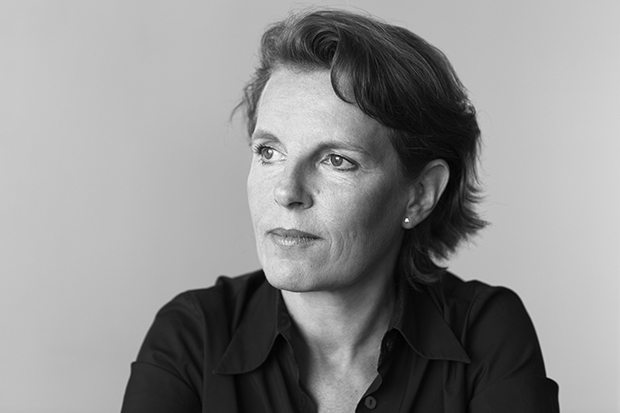
On International Women's Day meet Annabelle!
Learn how architect Annabelle Selldorf introduced classicism, utility and restraint into today's art galleries
If you've visited a Hauser & Wirth or a David Zwirner gallery, or spent some time in New York’s Neue Galerie, you have probably experienced the genius of Selldorf Architects.
Founded by the German-born, US educated architect Annabelle Selldorf, the firm is well known with art circles for creating remarkably restrained buildings, which manage to reach the acme of good taste without detracting from any of the works on show.
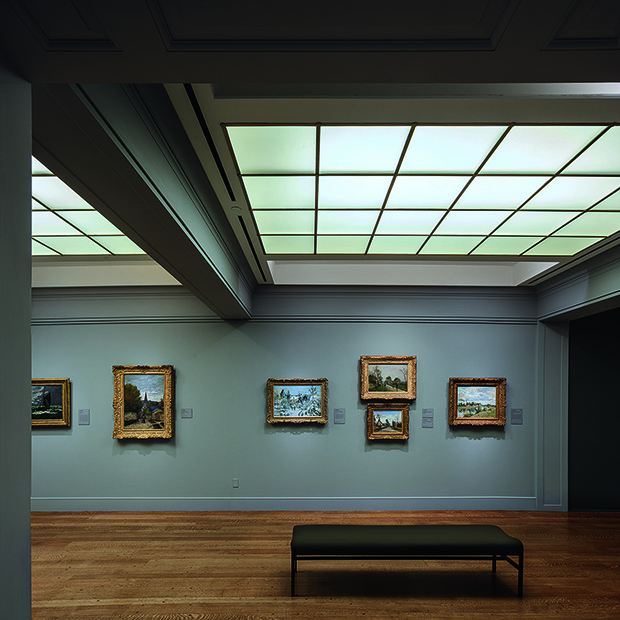
Selldorf Architects came to international prominence with the opening of Neue Galerie in 2001. Since then, the firm has become known for art-display spaces, cultural projects, and private homes. More recently, it has made its mark with Sims Municipal Recycling in Brooklyn in 2013 won an Award for Excellence in Design from the Public Design Commission. In 2014, Selldorf Architects received the commission to build the expansion of the Museum of Contemporary Art in San Diego.
It’s hard to capture just what distinguishes Selldorf from her contemporaries. “Many observers have commented on the primacy of personal experience as a prerequisite to truly understanding a work of architecture, and that goes double in this instance,” writes the architecture critic Ian Volner in our new Selldorf monograph. “The impulse is to want to place the reader in one of the firm’s buildings and simply say, “Look.””
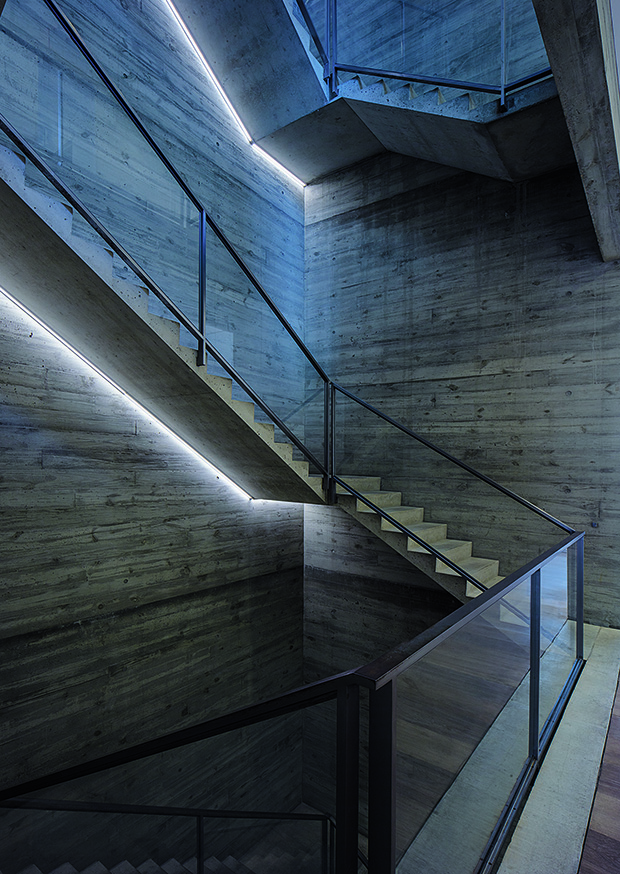
However, her fellow architect, WI Van Campen, is willing to set down two noteworthy aspects of Selldorf’s work. Firstly, Campen points out that, within the architectural tradition, “Annabelle is a descendant of the great Viennese architect Alfred Loos. In the dialectic he formulated between classical form and utilitarian appointments, Loos found a path both intellectually compelling and practically useful. Annabelle has adopted and extended this to provide herself a methodology both rigourous and flexible enough to deal with the exigencies of contemporary commissions.”
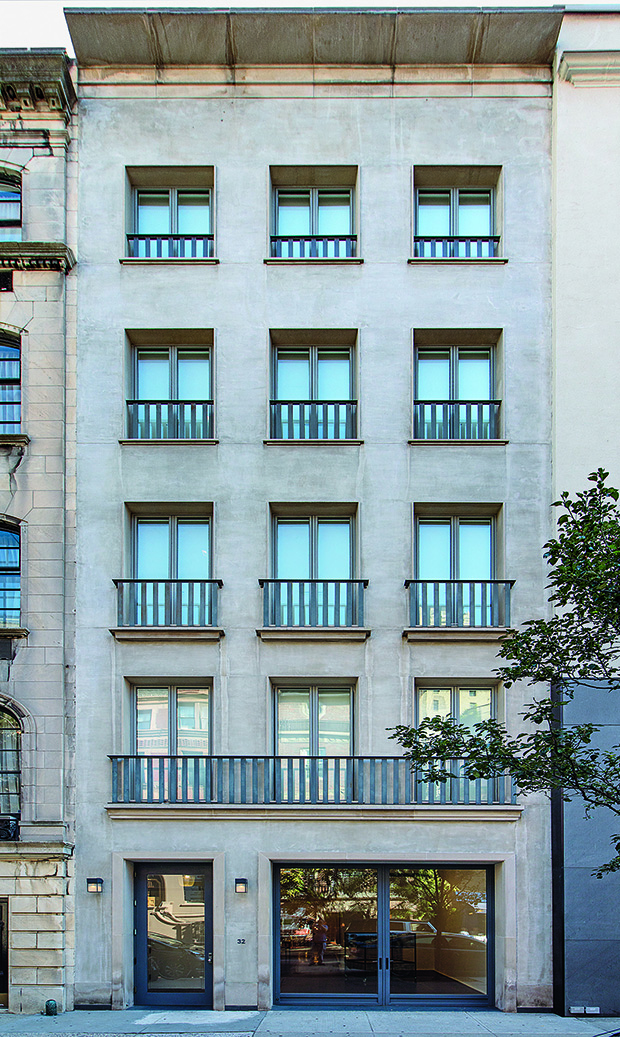
Secondly, Campen singles out “Annabelle’s intrinsic taste,” something that is, in Campen’s opinion, “commonly misunderstood as subjective preference. Most architects assume they have good taste—but in reality it is no longer part of their formal training, and it is quite rare. In Annabelle’s mind, it reassumes the traditional virtue of discerning quality and appropriateness, depending on each unique situation. To a great extent, the focused cultivation of this ability is what separates her from her peers.”
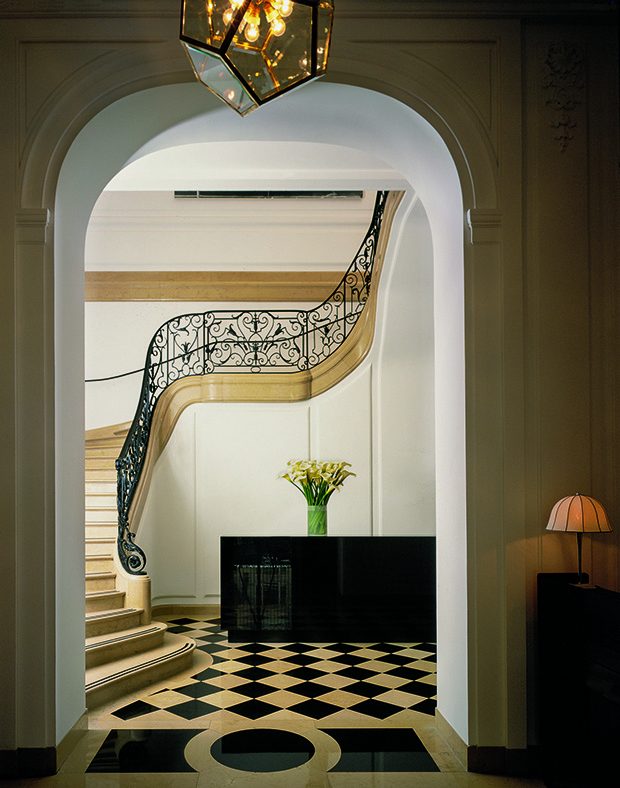
If we are living through a golden age of contemporary art, then Selldorf is the one who knows how to gild it. Or rather, she knows how it should not be unduly gilded, or overly ornamented; instead, through her own sense of architectural restraint and good judgment, she has given us the freedom to truly enjoy and admire the art.